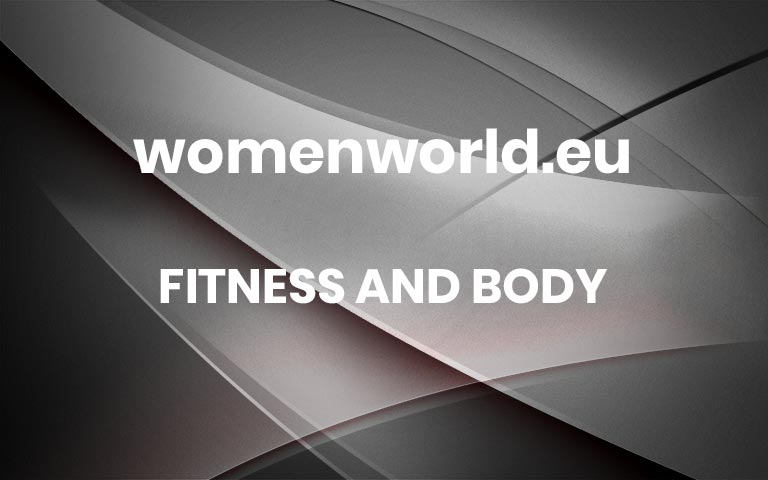6 Simple Hacks That Make Portion Control A (Healthy) Piece Of Cake
When you’re an old hand at ignoring your body’s stop signs, it’s easier to fall into a whole bunch of overeating traps. Here’s how to avoid them. More
Subterms
150 Shares
When you’re an old hand at ignoring your body’s stop signs, it’s easier to fall into a whole bunch of overeating traps. Here’s how to avoid them. More
138 Shares
in health and weelbeingLike it or not, we rely on tech endlessly, but often, we need to shut off. Here’s how to actually do a digital detox and survive. More
113 Shares
in health and weelbeingYear-end burnout can feel like a slow, painful crawl to mid-December. But there are smart ways to cope and finish strong. Here’s how. More
138 Shares
in health and weelbeingGot a truck running through your head? Before you can fix it, you need to find out which type of headache you’re suffering from. More
125 Shares
in health and weelbeingThese OTC medicines and supplements could cause toxicity if you take too many – or pair them with seemingly innocuous ingredients. Here’s what to know about supplement overdoses. More
175 Shares
in health and weelbeingWhite noise isn’t your only option. More
113 Shares
in health and weelbeingTry these perimenopause treatments and lifestyle changes to bring much-needed relief to this life cycle. More

This portal is not a newspaper as it is updated without periodicity. It cannot be considered an editorial product pursuant to law n. 62 of 7.03.2001. The author of the portal is not responsible for the content of comments to posts, the content of the linked sites. Some texts or images included in this portal are taken from the internet and, therefore, considered to be in the public domain; if their publication is violated, the copyright will be promptly communicated via e-mail. They will be immediately removed.

